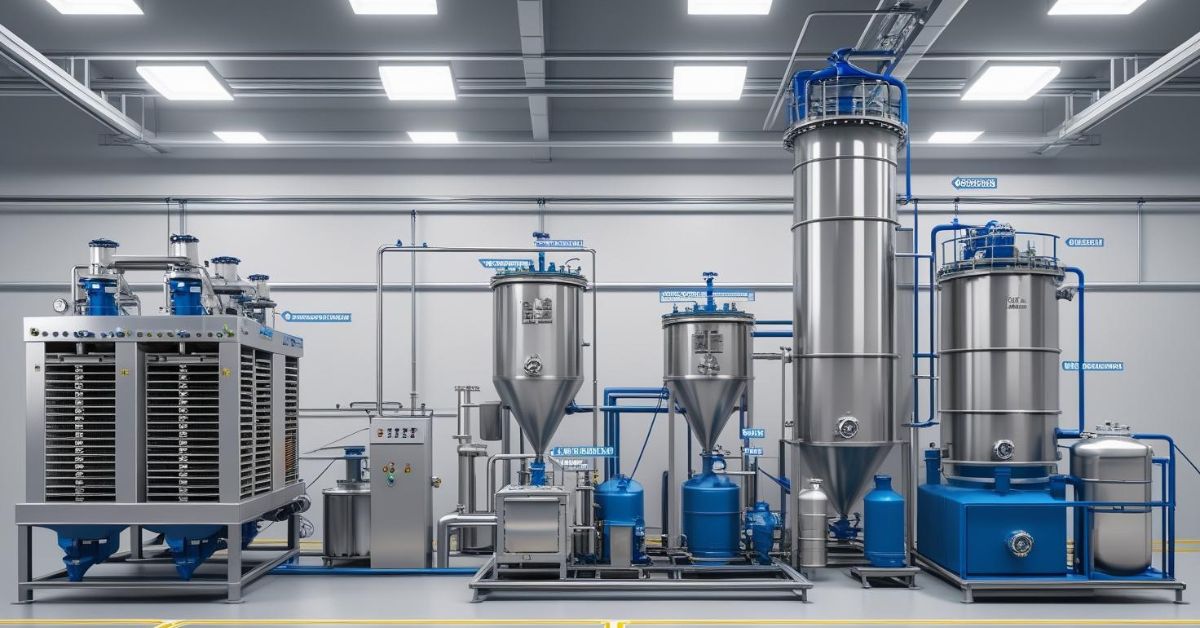In most industries, solid liquid separation is one of the fundamental processes. This step influences the effectiveness of the process as well as the quality of the end result. It is used in mining, pharma, food, and water treatment. Solid-liquid separation helps systems run better.
According to reports, the solid-liquid separation equipment market is expected to reach $6.8 billion by 2033. This is due to rising demand in the chemical and environmental industries.
So, what is solid-liquid separation, how does it take place, and what equipment is involved? Let’s break it all down.
About Solid-Liquid Separation
Solid-liquid separation is defined as the process of removing solid particles from a liquid. This is ideal for the recovery of solids, cleaning liquid, or both. It can operate using machines, gravity, or chemicals.
Common Methods of Solid-Liquid Separation
Separation of solids and liquids is done differently in various industries. These are some common methods:
Filtration
A filter medium traps solids as the slurry flows through it. This process is primarily used in the pharma, mining, and food sectors for precise separation.
Sedimentation
In this method, solids sink to the bottom of a tank due to gravity. It is mostly used in water treatment and mineral work where large amounts of material are handled.
Centrifugation
This method spins the slurry fast. The solids are separated at the edge, and the liquid remains in the middle. It works well for small particles. This is used in the dairy, biotech, and chemical sectors.
Flotation
Tiny air bubbles attach to solid bits and bring them to the surface. These solids are then removed. Mining and pulp industries use this method to separate fine particles.
Membrane Separation
This method uses pressure and membranes to separate tiny solid bits. It finds application in pharma and biotech, where pure outcomes matter.
Equipment Used in Solid-Liquid Separation
Depending on the nature of the material, the size of the job, and the required results, the right machine is different. These are the major categories of equipment:
- Filter Presses: Used for batch jobs and solid drying. They give good, solid capture and clean liquid.
- Centrifuges: Best for ongoing jobs with small particles or thick sludge.
- Clarifiers & Thickeners: Used for settling solids with gravity and handling large volumes.
- Rotary Vacuum Filters: Good for filtering big amounts of slurry.
- Membrane Systems: These are used for fine-level filtering where very clean results are needed.
Each machine has its pros and cons. Picking the right one helps cut downtime and saves money.
Conclusion
A central aspect of various industries is solid-liquid separation. It assists in the enhancement of outcomes, trash reduction, and clean operations.
At Amol Minechem Limited, we offer strong solutions for solid-liquid separation. Our systems serve the needs of chemical, industrial, and eco-focused jobs. Our team ensures you get the best tech, the right support, and results that matter.
